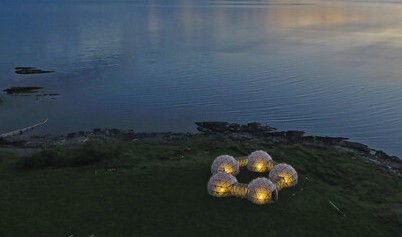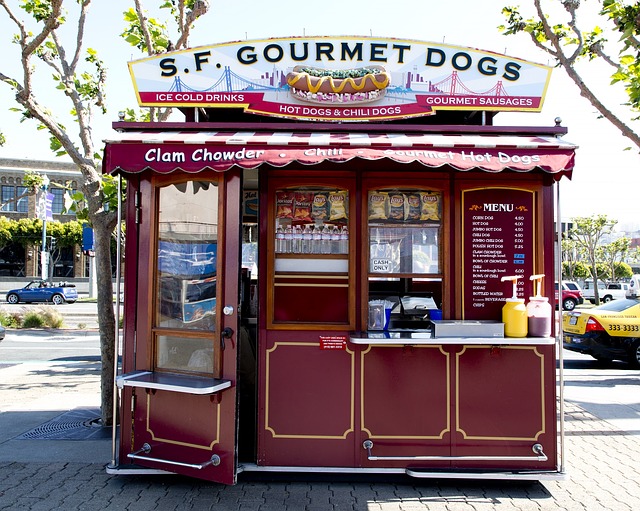Frühlingswörter für Frühlingsgefühle
Endlich ist es wieder soweit: Der Frühling ist da! Mit ihm kehren nicht nur wärmere Temperaturen, sondern auch zahlreiche Frühlingsgefühle ein. Die ersten Vorboten des Frühlings sind die Krokusse, Narzissen und Tulpen, die in voller Pracht erblühen und die Natur in ein buntes Farbenmeer verwandeln.
Nicht nur die Natur erwacht aus dem Winterschlaf, auch wir Menschen spüren eine neue Energie und Motivation. Der Frühjahrsputz steht an und befreit die Seele von unnötigem Ballast. Allerdings macht sich bei vielen auch die Frühjahrsmüdigkeit bemerkbar, die durch den Wetterumschwung und den veränderten Tagesrhythmus verursacht wird.
Es ist die Zeit des Sprießens und Keimens, die Sonne lockt uns ins Freie und der Duft von frischem Gras und blühenden Blumen steigt uns in die Nase. Auch kulinarisch hat der Frühling einiges zu bieten: Spargel und Erdbeeren bringen Abwechslung auf den Teller.
Der Frühling ist eine wunderbare Zeit, in der alles zu blühen und zu gedeihen beginnt. Die Vögel zwitschern wieder und die Natur lädt uns dazu ein, nach draußen zu gehen und die Frühlingsgefühle in vollen Zügen zu genießen.
Frühlingsgefühle: positive, gute Gefühle, die man im Frühling aufgrund des Wetters und der Natur hat
erblühen, keimen und sprießen: Blumen erblühen und Pflanzen keimen zunächst bevor sie wachsen und sprießen
Frühjahrsputz: die Wohnung und der Garten werden besonders gründlich gereinigt und saubergemacht
Frühjahrsmüdigkeit: die Energie lässt nach, weil sich das Wetter ändert
Spargel: ein Gemüse, das weiß oder grün und lang ist und im Frühling geerntet wird
Jetzt bist du dran! Welches Wort passt in die Lücke?
- Mit dem _____________ steht eine jährliche Reinigung an, bei der man das Haus oder die Wohnung gründlich putzt und entrümpelt.
- Die Blumen wie Krokusse, Narzissen und Tulpen _____________ und tauchen die Landschaft in ein buntes Farbenmeer.
- Trotz der _____________ und dem damit verbundenen Energietief können wir die warme Sonne und die erwachende Natur genießen.
- Der Sonnenschein und die duftenden Blumen erwecken ____________ in Mensch und Tier, die sich plötzlich viel beschwingter als im Winter fühlen.
- Frischer ___________ mit Butter schmeckt herrlich und holt den Frühling auf den Teller.
Antworten: Frühjahrsputz, erblühen, Frühjahrsmüdigkeit, Frühlingsgefühle, Spargel (der)



